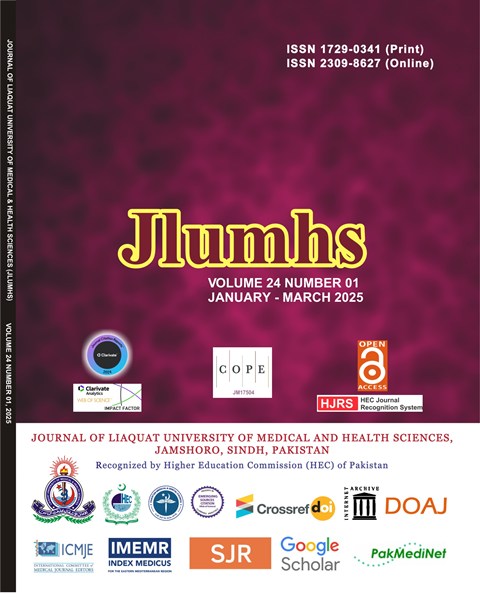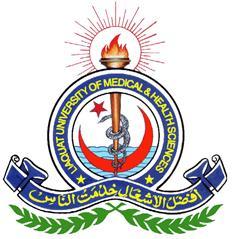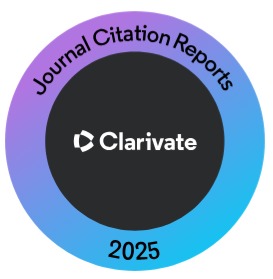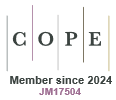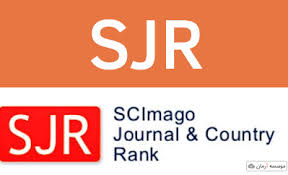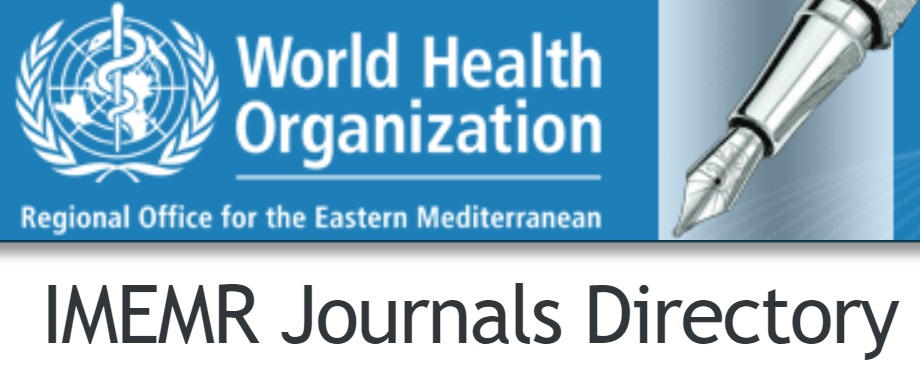Determinants of Maternal Characteristics Associated with Labor Complications
Keywords:
Self-Reported, Childbirth Complications, Accuracy, Maternal Answers, QuestionnaireAbstract
OBJECTIVE: To determine which questions are most appropriate for describing the complications of childbirth experienced in research.
METHODOLOGY: An instrument was formed for a quantitative questionnaire for data collection with a cross-sectional study design of 300 respondents. The study was conducted at Abdoel Moeloek Regional Hospital, A. Dadi Tjokrodipo Regional Hospital and Kotaarang Community Health Center in January-June 2024. Inclusion criteria were women giving birth in the hospital obstetrics room with a diagnosis of postpartum hemorrhage, pre-eclampsia or eclampsia, Dystocia caused by uterine atony, uterine abnormalities, and mothers giving birth normally. The exclusion criteria were plans to move domicile from Lampung Province during the research and home addresses that were difficult to reach. Logistic regression was used to determine the most predictive questions regarding complications and each question item's accuracy, sensitivity, and specificity values ??. We use SPSS software to analyze data.
RESULTS: The study showed that this questionnaire could be used for survey research that asks about the accuracy of mothers' answers about complications of pre-eclampsia, bleeding, and Dystocia, with the highest accuracy value of 0.93, se. 90.7% and sp.98.2% on the questionnaire for pre-eclampsia; accuracy: 0.84, se.73.3%, and sp. 99.1% for the bleeding questionnaire, and accuracy values of 0.96, se.97.3%, sp. 98.7% for the dystocia questionnaire.
CONCLUSION: The questionnaire for the three groups of labor complications had a high accuracy value (> 70%). The survey times at the hospital and the mother's home were equally good.
References
Marshall NE, Abrams B, Barbour LA, Catalano P, Christian P, Friedman JE et al. The importance of nutrition in pregnancy and lactation: lifelong consequences. Am J Obstet Gynecol. 2022; 226(5): 607–32.
Mohamoud YA, Cassidy E, Fuchs E, Womack LS, Romero L, Kipling L et al. Vital Signs?: Maternity Care Experiences — United States, April 2023. MMWR Morb Mortal Wkly Rep. 2023; 72(35): 961–7.
Petersen EE, Davis NL, Goodman D, Cox S, Mayes N, Johnston E et al. Vital Signs: Pregnancy-Related Deaths, United States, 2011–2015, and Strategies for Prevention, 13 States, 2013–2017. MMWR Morb Mortal Wkly Rep. 2019; 68(18).
Eshetu D, Aschalew Z, Bante A, Fikedu G, Abebe M, Gomora D et al. Delay in receiving emergency obstetric care and associated factors among mothers who gave birth in public hospitals of Bale and East Bale zones, Oromia region, South East Ethiopia: Facility based cross-sectional study. Heliyon. 2023; 9(7): e18217.
Amanuel T, Dache A, Dona A. Postpartum Hemorrhage and its Associated Factors Among Women who Gave Birth at Yirgalem General Hospital, Sidama Regional State, Ethiopia. Health Serv Res Manag Epidemiol. 2021; 8: 233339282110627.
Sobczak A, Taylor L, Solomon S, Ho J, Kemper S, Phillips B et al. The Effect of Doulas on Maternal and Birth Outcomes: A Scoping Review. Cureus. 2023;
Demirta?-Madran HA. Accepting Restrictions and Compliance With Recommended Preventive Behaviors for COVID-19: A Discussion Based on the Key Approaches and Current Research on Fear Appeals. Front Psychol. 2021; 12.
Mugo NS, Mya KS, Raynes-Greenow C. Country compliance with WHO-recommended antenatal care guidelines: equity analysis of the 2015–2016 Demography and Health Survey in Myanmar. BMJ Glob Health. 2020; 5(12): e002169.
Nawabi F, Krebs F, Lorenz L, Shukri A, Alayli A, Stock S. Understanding Determinants of Pregnant Women's Knowledge of Lifestyle-Related Risk Factors: A Cross-Sectional Study. Int J Environ Res Public Health. 2022; 19(2): 658.
Downe S, Finlayson K, Tunçalp Ö, Gülmezoglu AM. Provision and uptake of routine antenatal services: a qualitative evidence synthesis. Cochrane Database of Systematic Reviews. 2019; 2019(6).
Cui T, Peng C, Zhang W, Peng B. Therapeutic termination of pregnancy with complete placenta praevia in the second and third trimesters. Gynecol Pelvic Med. 2020: 32–32.
Sari DP, Ekoriano M, Pujihasvuty R, Kistiana S, Nasution SL, Ardiana I et al. Antenatal care utilization on low birth weight children among women with high-risk births. F1000Res. 2024; 12: 399.
Javeed A, Dallora AL, Berglund JS, Ali A, Ali L, Anderberg P. Machine Learning for Dementia Prediction: A Systematic Review and Future Research Directions. J Med Syst. 2023; 47(1): 17.
Javeed A, Dallora AL, Berglund JS, Ali A, Ali L, Anderberg P. Machine Learning for Dementia Prediction: A Systematic Review and Future Research Directions. J Med Syst. 2023; 47(1): 17.
Vinogradov R, Smith V, Hiu S, McParlin C, Farnworth A, Araújo-Soares V. Let's talk aspirin: A survey of barriers and facilitators faced by midwives when engaging in conversations about aspirin with women at risk of pre-eclampsia. Midwifery. 2023; 127: 103860.
Monaghan TF, Rahman SN, Agudelo CW, Wein AJ, Lazar JM, Everaert K et al. Foundational Statistical Principles in Medical Research: Sensitivity, Specificity, Positive Predictive Value, and Negative Predictive Value. Medicina (B Aires). 2021; 57(5): 503.
Maxim LD, Niebo R, Utell MJ. Screening tests: a review with examples. Inhal Toxicol. 2014; 26(13): 811–28.
Poon LC, Magee LA, Verlohren S, Shennan A, von Dadelszen P, Sheiner E et al. A literature review and best practice advice for second and third trimester risk stratification, monitoring, and management of pre?eclampsia. Int J Gynecol Obstet. 2021; 154(S1): 3–31.
Swan K, Speyer R, Scharitzer M, Farneti D, Brown T, Woisard V et al. Measuring what matters in healthcare: a practical guide to psychometric principles and instrument development. Front Psychol. 2023; 14.
Garti I, Gray M, Bromley A, Tan JY (Benjamin). Midwives' experiences of providing pre-eclampsia care in a low- and middle-income country – A qualitative study. Women and Birth. 2024; 37(2): 332–9.
MacDonald TM, Walker SP, Hannan NJ, Tong S, Kaitu'u-Lino TJ. Clinical tools and biomarkers to predict pre-eclampsia. E Bio Medicine. 2022; 75: 103780.
Ratering C, van der Heijden R, Martens K. Moving around with an anxiety disorder. Transp Res Part F Traffic Psychol Behav. 2024; 100: 493–506.
Madar H, Deneux?Tharaux C, Sentilhes L. Shock index as a predictor of postpartum haemorrhage after vaginal delivery: Secondary analysis of a multicentre randomized controlled trial. BJOG. 2024; 131(3): 343–52.
Trevethan R. Sensitivity, Specificity, and Predictive Values: Foundations, Pliabilities, and Pitfalls in Research and Practice. Front Public Health. 2017; 5.
Downloads
Published
How to Cite
Issue
Section
License
Copyright (c) 2025 Journal of Liaquat University of Medical & Health Sciences

This work is licensed under a Creative Commons Attribution-NonCommercial-ShareAlike 4.0 International License.
Submission of a manuscript to the journal implies that all authors have read and agreed to the content of the undertaking form or the Terms and Conditions.
When an article is accepted for publication, the author(s) retain the copyright and are required to grant the publisher the right of first publication and other non-exclusive publishing rights to JLUMHS.
Articles published in the Journal of Liaquat University of Medical & health sciences are open access articles under a Creative Commons Attribution-Noncommercial - Share Alike 4.0 License. This license permits use, distribution and reproduction in any medium; provided the original work is properly cited and initial publication in this journal. This is in accordance with the BOAI definition of open access. In addition to that users are allowed to remix, tweak and build upon the work non-commercially as long as appropriate credit is given and the new creations are licensed under the identical terms. Or, in certain cases it can be stated that all articles and content there in are published under creative commons license unless stated otherwise.

